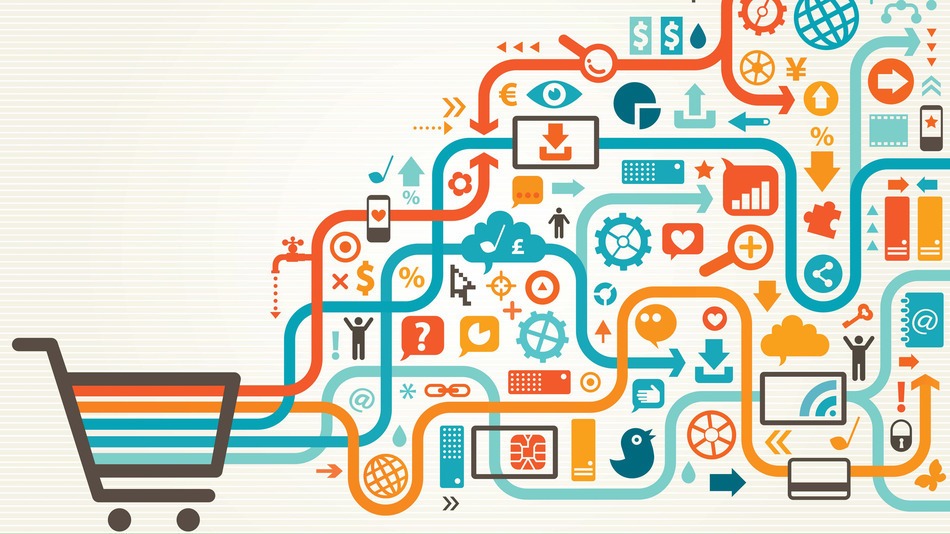The world of online marketing is filled with stats and one of the most impressive – if not shocking – ones says that 97% of a website’s visitors will not buy anything from what you’re selling. And man this sounds bad when you imagine what kind of potential all that traffic landing on your site has…
Still, let’s not forget that we’re talking about website, where it’s pretty much impossible to have somebody who knows your potential customers’ preferences and traits to greet…wait, actually, this is possible!
No, we’re not saying that you should hire somebody to actually greet them, but rely on e-commerce personalization, a tactic that can increase your orders significantly.
Today we’re going to talk about some of the most popular personalization methods, perfect for making your visitors feel like they really matter to you and consider you a brand that can satisfy their needs.
Recommended products
Ever noticed how Amazon always suggests products that you might be interested in, placing them almost anywhere, including the shopping cart page? That’s one of the best examples of personalization in action. Oh, and Amazon isn’t the only retailer doing this, since personalized recommendations work across all e-commerce sectors.
Abandoned cart messages
A lot of customers can end up with all the products they want to buy in the cart, but suddenly, they make up their mind and leave that poor little cart alone in the dark, with all the products in it. And that’s not how shopping carts should be treated!
In order to save the poor things, a personalized remarketing message encouraging customers to return to your site and eventually purchase the items they liked can work. Abandoned shopping carts deserve a second chance, ladies and gentlemen.
Thank you emails
When somebody buys something from you, they’re basically making you a favor, so why not show your appreciation for this? Send clients an email to thank them for purchasing and make sure you also include some personalized product recommendations, based on what they’ve already bought, of course.
By this, they will feel like the brand whose products or services they’ve just acquired is more human and cares about them.
Currency and location
Starting from the idea that you have clients from all around the world, you should make it easier to buy for them, no matter where they come from. Using their IP address, set the default currency according to their location, but also allow them to change it, if they want.
Of course, location can be exploited in a lot of ways, like displaying special promotional offers available in their area.
Use clients’ names
Again, the whole purpose of this personalization thing is to create a connection between the brand and clients. And what better way to do this than calling them by their names?
Gather this information from your newsletter and personalize the messages you’re sending so that the client feels like you’re writing directly to him or her. Still, make sure you check the HTML code used for this twice, in order to avoid those unpleasant situations when somebody’s name doesn’t appear correctly, as it’s a quick way of losing a client. And this is the last thing you’re looking forward to!
At a first look, these look like some very efficient ways to personalize visitors’ experience on your website, but remember, connecting with customers on a personal level takes time. But on the other side, it will make them feel special and will definitely increase the convenience of shopping with you over any other competitor.
Sounds pretty good, right? Tell us what you think about personalization in e-commerce, using the comments section below. Also, if you’ve implemented other methods successfully, share your experience with us!

